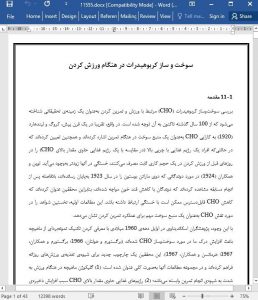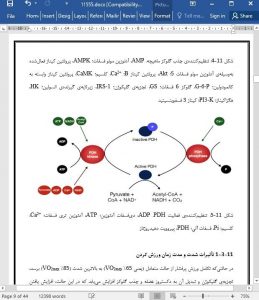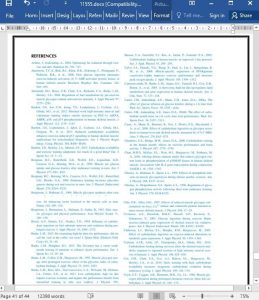11.1 INTRODUCTION
The study of carbohydrate (CHO) metabolism in relation to sport and exercise is a field of investigation that is now over 100 years old. Indeed, almost a century ago, Krogh and Lindhard (1920) reported the efficiency of CHO as a fuel source during exercise and also demonstrated that fatigue occurs earlier when subjects consume a high-fat diet (as compared with a high CHO diet) in the days preceding an exercise bout undertaken at a fixed workload. Levine et al. (1924) also observed that runners who completed the 1923 Boston marathon exhibited hypoglycemia immediately postexercise, thus, suggesting that low CHO availability may be linked to fatigue. These early studies provided the initial evidence that CHO was an important fuel source for exercise performance.
Nonetheless, much of the foundation of our understanding of CHO metabolism was developed by Scandinavian researchers in the late 1960s with the introduction of the muscle biopsy technique (Bergstrom and Hultman, 1966; Bergstrom et al., 1967; Hermansen et al., 1967). These researchers provided the platform for modern day sports nutrition practice in a series of studies that collectively demonstrated: (1) muscle glycogen is depleted during exercise in an intensity-dependent manner; (2) high CHO diets increase muscle glycogen storage and subsequently improve exercise capacity; and (3) muscle glycogen storage is enhanced following prior glycogen depletion (i.e., the super-compensation effect), the magnitude of which is dependent on high CHO availability. This body of work remains some of the most highly cited papers in the field and is referenced accordingly in contemporary sport nutrition guidelines (Thomas et al., 2016).
11.6 CONCLUSIONS
Despite over 100 years of research, CHO metabolism continues to intrigue muscle biologists and exercise scientists. From early recognition as a simple fuel store, it is now apparent that the glycogen granule regulates many cellsignaling processes related to both health and human performance. Nonetheless, it is clear that many of the original questions posed in our field are still relevant today though the array of biochemical tools now at our disposal ensure we are better equipped to answer those questions with greater precision. For example, the storage of the glycogen granule in specific intracellular pools remains a highly active research area.











